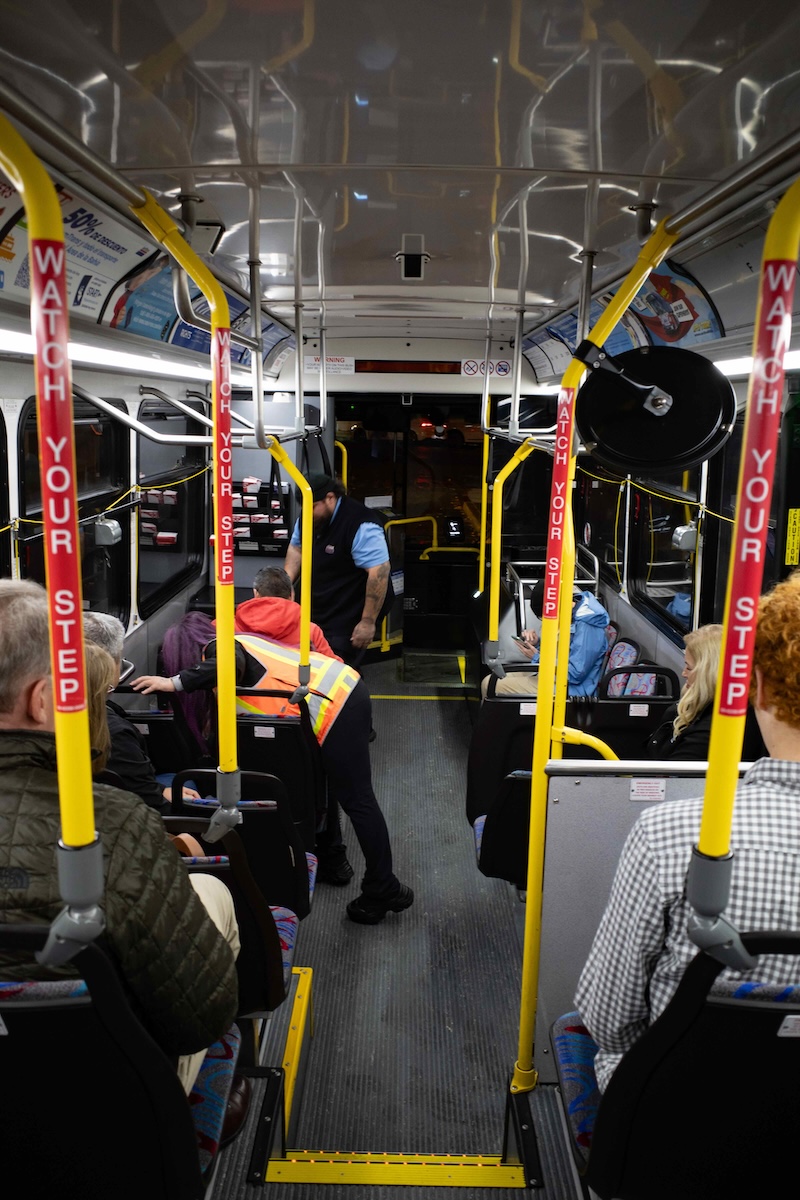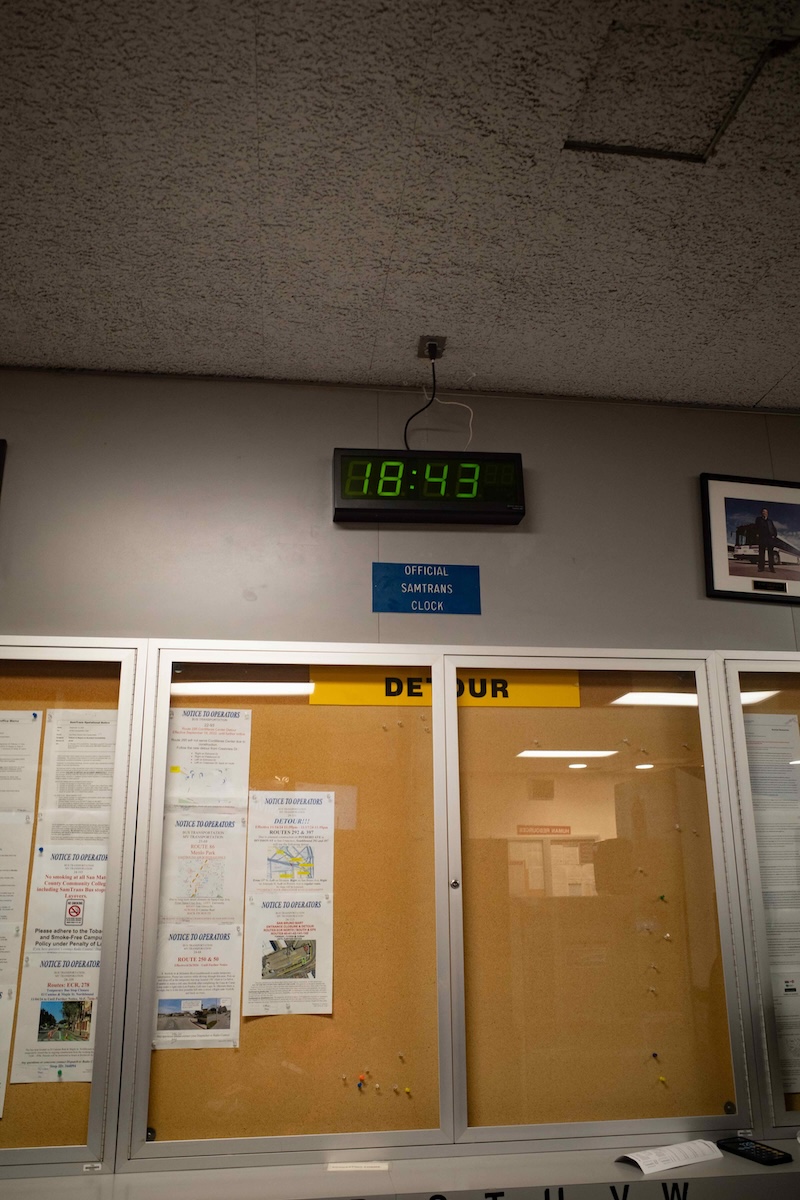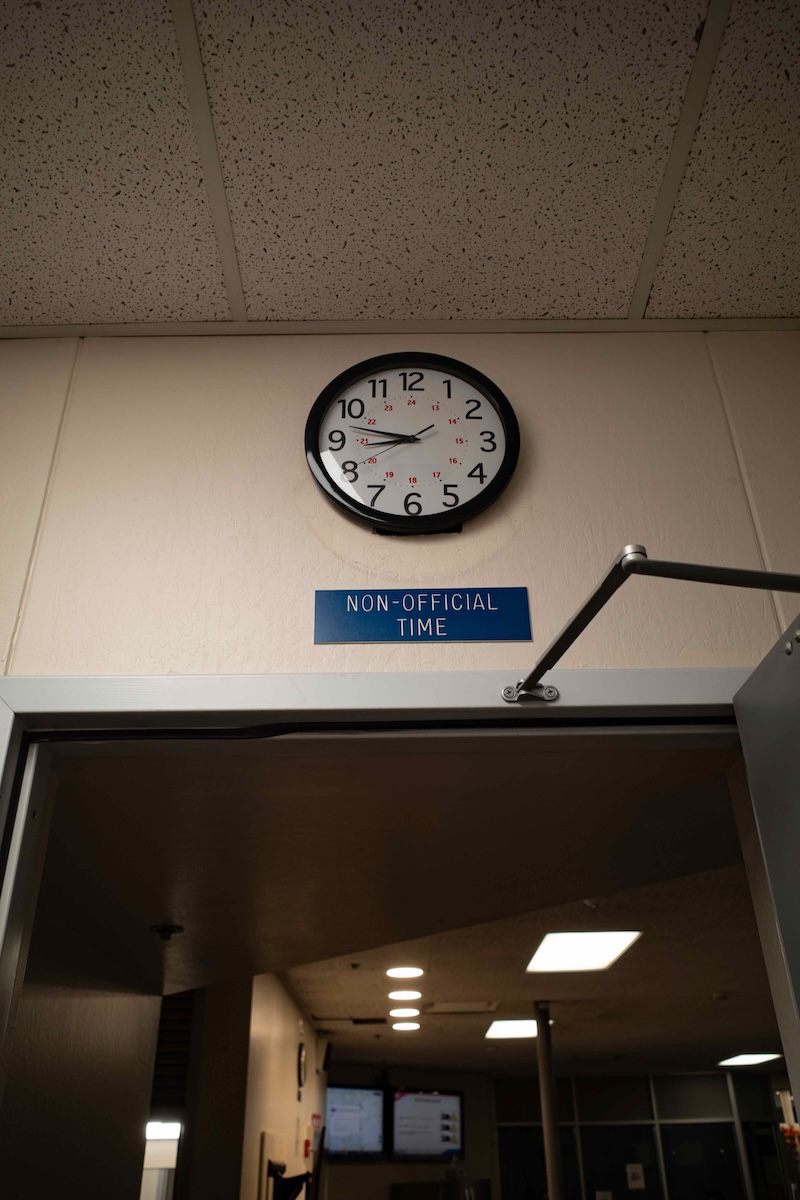SamTrans tour
6 months ago I applied to be a volunteer on the SamTrans “Citizens Advisory Committee” also known as CAC.
This is a powerless government body of unpaid appointees, which holds public meetings and provides a forum for the staff of SamTrans (the San Mateo County public transit agency) to present & receive feedback from members of the public.
As I have experienced it so far, the CAC’s meetings serve as a sort of “dress rehearsal” for these employees to show their slide deck before going to the “real deal” in presenting to the board of SamTrans, who have actual decisionmaking powers.
Normally the semi-monthly CAC meetings have an agenda topic that pertains to some aspect of bus service that the agency performs.
This has included (in my short tenure):
- bus stop improvement plans
- progress reports on changes to routes & schedules
- accessibility design and operations concerns for serving the physically disabled
- a speculative proposal for the agency to lease state-owned land for a central bus station
Anyways, the members of the CAC were offered the opportunity for a tour of one of the two bus depot facilities.
And I attended! Enjoy some of my photos and observations from the tour.
It started with a complimentary bus ride from SamTrans headquarters in San Carlos:

We walked into the base and saw a couple of legacy clocks, which I guess govern the service schedule–one official and several unofficial:


We heard about dispatch, and the role that centralized operations places in providing voice communication with drivers out in the field:

We also heard about the day in the life of a driver and their vehicle, and what the professional lifestyle is like.
Lining up bathrooms for use by drivers is a critical logistics issue.
There is a “special committee for bathrooms”, and SamTrans pays gas stations a monthly fee to allow drivers to use their bathrooms.
Looking across county borders, SFMTA and SamTrans do not share bathrooms even when they share terminal bus stops–that’s how strictly separate the sewage problem is financed.
It is sometimes hard for bus agencies to persuade property owners to permit paid bathroom use–Daly City Serramonte Mall’s owners for example refuse.
Drivers can indicate a preference for route assignment, which better suits their desired type of vehicle and work-life schedule:

Pay day is of course very important!

This photo is pretty hazy, but there are a few data points from July 2023 - June 2024 that are fascinating:

- $12M in fare revenues
- 10M “boardings”
- $15.95 subsidy per passenger - unclear exactly what this metric means
- 62% of fares are “adult” (not discounted as seniors or youth)
- 47% of payment methods are Clipper Card (digital), vs. cash or pass
- 80.5% “on-time” record system-wide (more detail required)
Office scooter (probably an operators tool to get to/from the vast surface parking lot of the base):

Clearly the bus operators do not often bicycle to work–which certainly makes sense because the area around the base is extremely hostile to bicycle-riding and their arrival/departure from the base is often when it is dark out.

The base serves as a homebase for operators, and so it naturally has amenities:


Some in-house work scribbles:

We were handed off for a tour of the maintenance facilities where every bus is cleaned & gone over by technicians to ensure safety of operation:

There are an insane amount of memos, which operators cannot realistically be expected to read every single day:

There was also signage about the mandatory, random-sampled drug and alcohol testing that operators are subject to.

Like operators (drivers), the maintenance technicians also have assignments:

And the maintenance bay was quite large:


A few of the critical safety checks are verifying air brake functionality and no graffiti.
And that was a wrap. I hope you enjoyed it.
It was definitely interesting–I would have liked to spend more informal time with the operators and technicians, to hear about their day to day.
But that will have to wait.